The History of Agriculture
The transition from hunting and gathering to growing crops.
Hunting & Gathering
For the majority of human history, hunting and gathering was the primary method for obtaining food and supplies. Humans had an extraordinary talent for identifying seasonal plants safe for consumption as well as using correct preparation to increase nutritional benefit. Their resourcefulness allowed them survive off the land around them.
Hunting and gathering was very efficient. Humans used the natural sources directly around them for food and supplies and were often able to gather and hunt enough in one trip to sustain themselves for several days. If we think about this in terms of life now, humans wouldn’t be working each and every day to survive. Imagine only working a few times a week and still living comfortably. The efficiency of the hunting-gathering method can also be observed in terms of resourcefulness. Very little of the gathered resources were wasted. A single animal could be used as a source of food, clothing, AND tools.
In times of struggle, when food sources were scarce, humans turned to agriculture. With their extensive knowledge of plant life, they began successfully growing plants in order to sustain themselves. However, farming required dedication and time, so it was a last resort. If wildlife was abundant, farming practices were abandoned. Slowly, after trial and error and scarcity of resources, humans began to rely more and more on farming. This began the era commonly referred to as “The Agricultural Revolution.”
The Agricultural Revolution
10,000 - 12,000 years ago
The Agricultural Revolution occurred due to the depletion of available resources for humans. Climate change is one significant factor in this depletion. As temperatures increased, droughts became more frequent. Vegetation was no longer prevalent in these areas of drought. Hunting and gathering was no longer sustainable because of this. Furthermore, human population was on the rise. The present vegetation and animal life was not enough to support the increasing population. Due to climate change and increasing population, humans had to find a new way to obtain necessary resources. Therefore, farming practices were developed to combat resource depletion.
As mentioned earlier, agricultural practices were developed with extensive trial and error. These practices were not perfected overnight, but rather improved little by little over thousands of years.
Conventional Farming
Current Agricultural Process
As agriculture has progressed over the last thousand years, technology has played a significant role in increasing yield while decreasing necessary labor. Furthermore, the development of chemical pesticides and fertilizers have promoted the success of crops. Highly efficient farms invest extensively in equipment, technology, land, and crops.
Farming became a lifestyle and a successful occupation. However, as the number of agribusinesses (industries involved with manufacturing, processing, and distribution of farm products) began to decrease, there is little competition for a farmers products. Due to this, in cases where a farmer can only sell to one company, the farmer must accept the price its agribusiness offers. While the labor may be less extensive due to technology, farming isn’t abundantly profitable.
Advantages
- Increased, mass production of crops and animals.
- Farming is profitable and can be sustainable as an occupation.
- Modern technology allows for more efficient and low-labor work.
Concerns
- Decline is soil productivity due to compaction, loss of organic matter, and decreased biological activity
- Salinization (increased salinity)
- Desertification due to over-grazing
- Agricultural pollution
- Resistance to pesticides
- Habitat loss due to converting ecosystems into farmland
Crop Plants
Natural Selection
In natural selection, plants and animals adapt in response to their environment. The most fit organisms survive to reproduce and these “fit” traits are passed to the next generation.
Artificial Selection
Artificial selection occurs when humans choose plants and animals with desirable traits. Over time, these “chosen” plants have significantly adapted from their wild form.
While artificial selection can be beneficial for producing abundant resources, it also has environmental challenges. As we artificial select vegetation and care for it, we are also establishing mutual interdependence. We rely on the vegetation to survive, but the vegetation can only survive because we provide an optimal growing environment. We provide cultivated land, fertilizers, and pesticides to ensure the survival of crops, but, in the end, these crops become dependent on us. Because of artificial selection, plants lack the necessary traits for lone survival and become more vulnerable to diseases, predators, and other environmental stresses. This process has lead to the creation of domesticated plants and animals.
Domesticated plants and animals are the result of artificial selection and natural selection working simultaneously. The success of these organisms rely on humans and their natural environment for survival. When domesticated plants are brought to new locations, they don’t thrive as they did in their native environment. The offspring of these plants contain many mutations that provide them with characteristics to help them survive in their new environment. Over time, many varieties of a single plant develop. These varieties are known as landraces. Due to their adaptations, landraces differ in taste, fragrance, flavor, nutrients, and tolerance to pathogens. For example, more than fifty different races of maize exist in Mexico, each with their own unique characteristics.
For more information about the history of agriculture visit “The History and Science of Cultivated Plants.”
